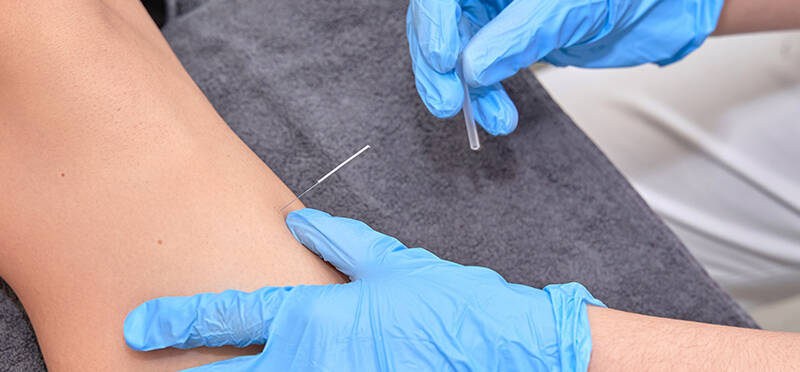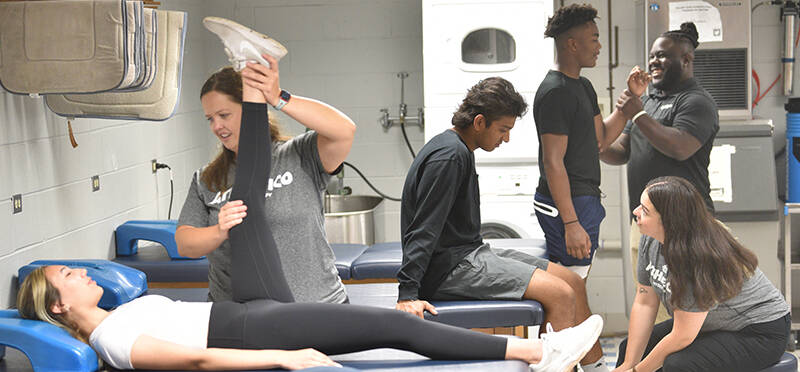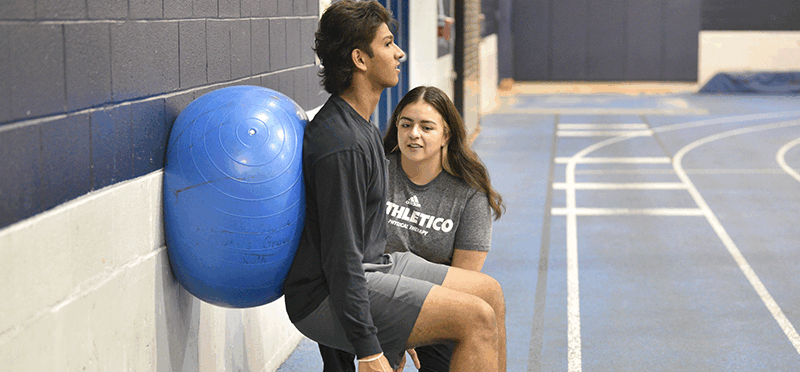Is Dry Needling a Fad?
Posted on March 29, 2023 by Brian Whittington, PT, DPT, CMTPT
Dry needling is a treatment technique that uses a thin needle to treat underlying muscular trigger points and/or areas of tissue tenderness. This technique can be used to treat patients with musculoskeletal issues, including neck pain, low back pain, sciatica, muscle strains, IT band syndrome, plantar fasciitis, fibromyalgia, and many more.
(more…)











